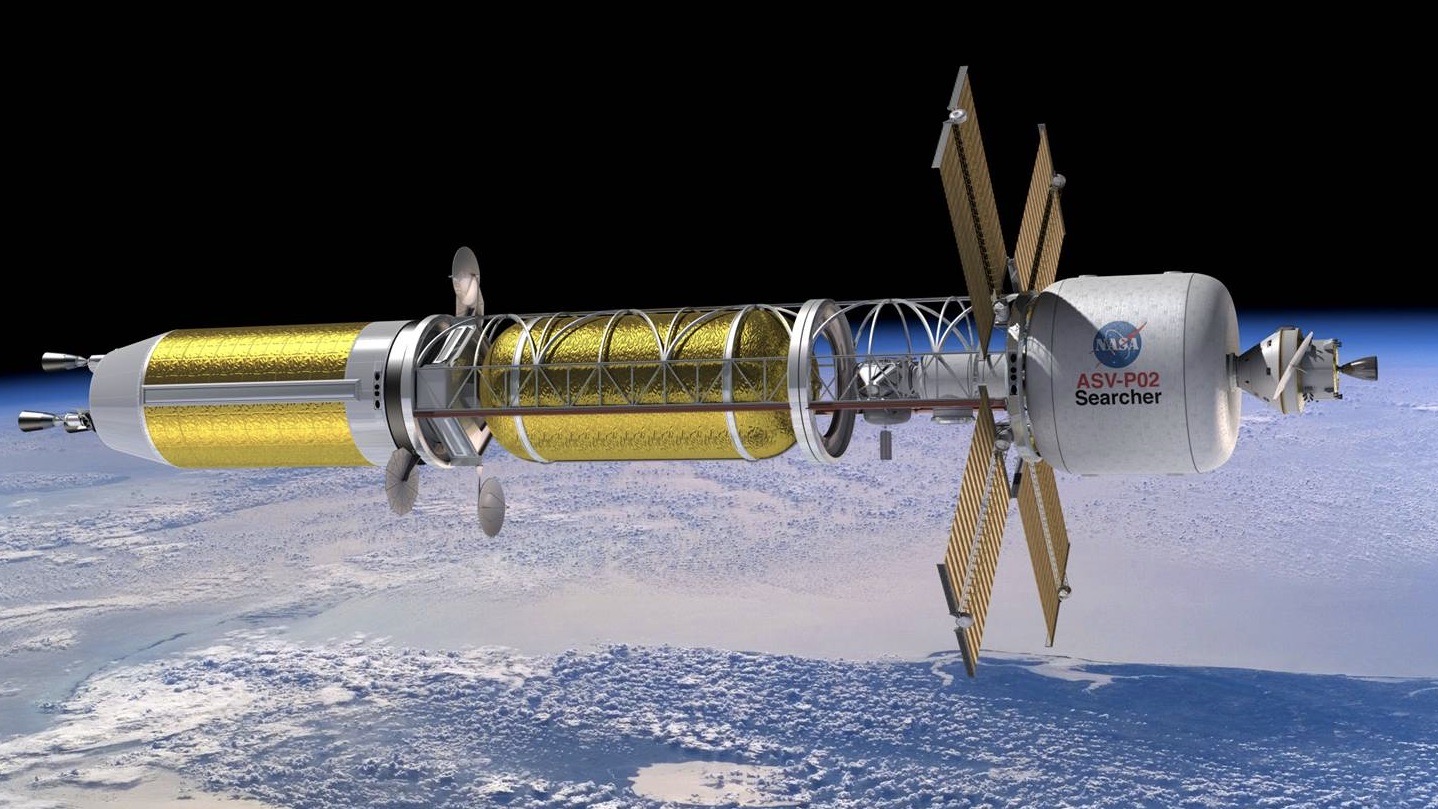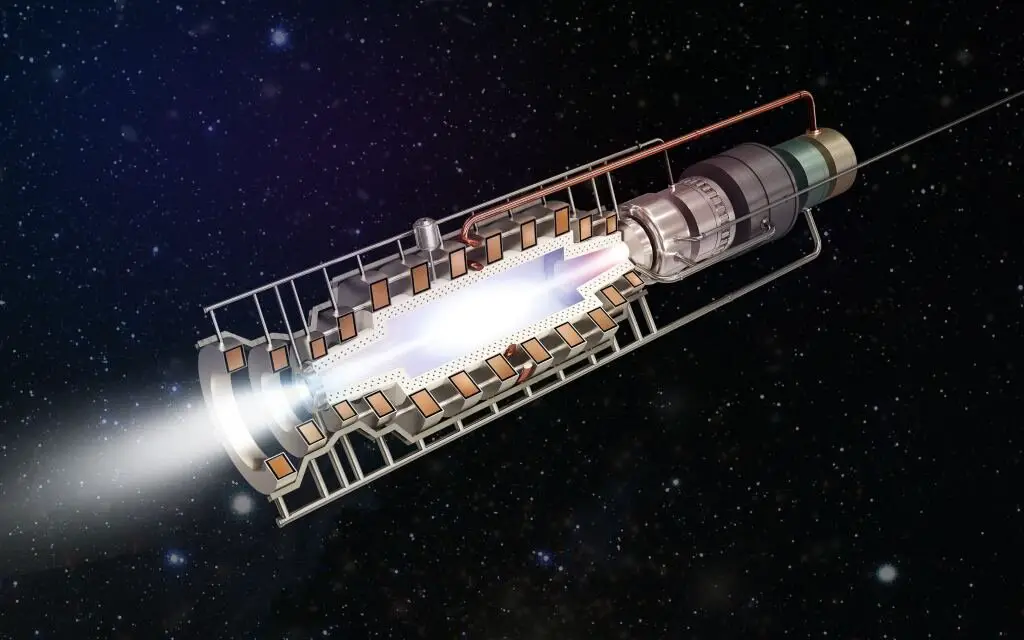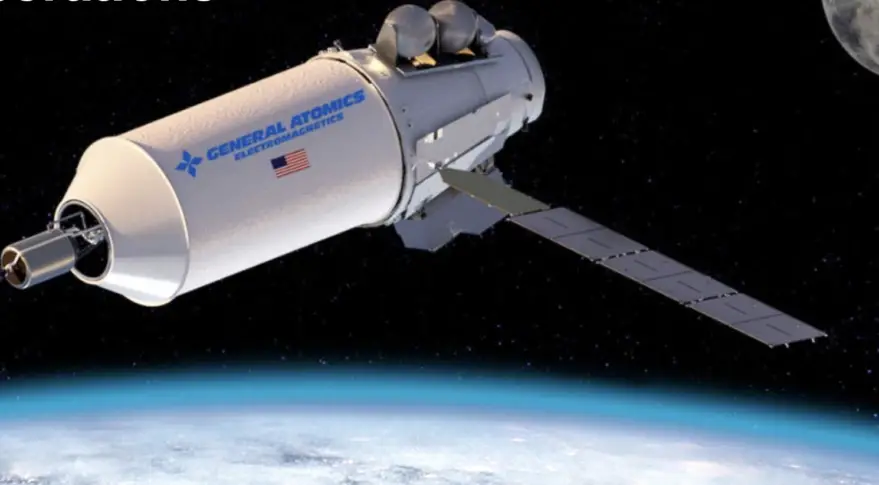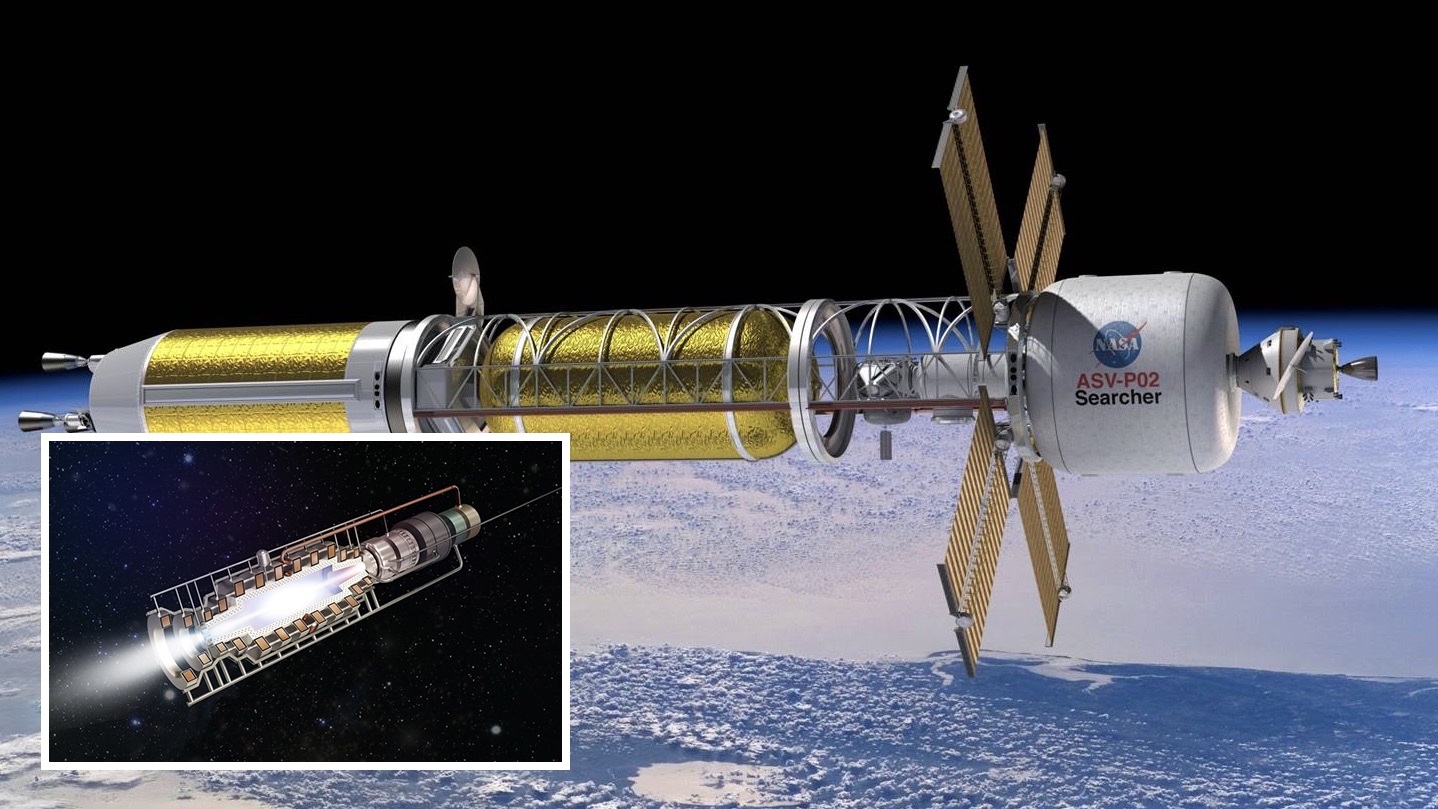A spacecraft propelled by a nuclear propulsion technology will be sent into orbit as part of a Defense Advanced Research Projects Agency experiment.
This technology, according to Michael Leahy, director of DARPA’s Tactical Technology Office, might provide the US military an edge over adversaries by making satellites more maneuverable and less susceptible to assault. But, as Leahy pointed out on Jan. 14, skepticism and fear of nuclear energy are issues that will need greater education and understanding to “make individuals comfortable with this.”

Leahy spoke at a Mitchell Institute virtual event hosted by the Air Force Association to discuss recent research recommending the use of nuclear thermal propulsion for US military satellites and urging the Defense Department to enhance funding for the technology.
DARPA stated last year that it would spend roughly $30 million on a spacecraft named Demonstration Rocket for Agile Cislunar Operations (DRACO), which will use a nuclear thermal propulsion technology. If successful, the research might open the path for military satellites to have nuclear propulsion systems.
The DRACO project, according to Leahy, is “the next major gamble we wanted to make in space.” NASA’s work on nuclear propulsion systems for space exploration has piqued the agency’s interest, and it thinks the technology may be extended to military satellites.
According to the Mitchell study, satellites fuelled by chemical propellants have poor maneuverability, making them ideal targets for anti-satellite weapons. “Chinese space maneuver warfare forces will comprise vehicles with nuclear thermal and electric propulsion capable of swiftly shifting between orbits to execute offensive and defensive missions,” according to the report.
Nuclear reactors can run in space for years without needing to be refueled, making them an attractive option for deep space travel. However, because of fears that harmful radioactive elements might reenter the atmosphere, the United States abandoned plans to deploy nuclear propulsion for Earth-orbiting satellites decades ago.

DARPA is fully aware of the safety concerns, according to Leahy, and these problems are being discussed with the Department of Energy nuclear specialists. He described the DRACO demonstration, which is set to debut in 2025, as “a voyage of discovery,” emphasizing that the demonstrator would employ low-enriched uranium.
Nuclear-powered satellites would be sent into orbit by conventional chemical rockets, according to Ron Faibish, a nuclear engineer with General Atomics.
“There will be no nuclear power propelling anything on Earth through the atmosphere when we launch,” Faibish stated. “Where there would be no chance of reentry,” the DRACO demonstration will be sent into cislunar space above Earth orbit.
General Atomics was awarded a $22 million DARPA contract to build the DRACO nuclear reactor.
The US Space Force should examine adopting nuclear propulsion for important national security space systems like GPS or missile-warning satellites, according to Christopher Stone, senior fellow for space studies at the Mitchell Institute and study author.
Threat to the orbit
Remember that Russia successfully tested anti-satellite missiles not long ago by destroying its aging satellite Kosmos-1408, putting the International Space Outpost and the newly launched Chinese orbital station in jeopardy.
Russia first denied participation in the event but later revealed that she was testing the most advanced missiles capable of destroying satellites in Earth’s orbit.
The bureau’s chief emphasized the US chemical-powered satellites’ lack of flexibility at a time when the Chinese space force “would be equipped with nuclear and electric propulsion vehicles capable of swiftly shifting orbits to carry out defensive and offensive operations.”

Interesting fact! DARPA committed approximately $30 million in the DRACO nuclear-powered lunar spacecraft prototype project last year. If it succeeds, it will open the door for the construction of similar military-grade gadgets.
Nuclear reactors in space may function for years without needing to be refueled. For years, however, the US refused to employ this technology in orbit for concerns of radioactive elements entering the atmosphere.
The failure of nuclear-powered satellites has been a disastrous event throughout Earth’s history.
This is a historical reference! One of the radar reconnaissance satellites of the US-A class, the Soviet “Cosmos-954”, featured a nuclear onboard power reactor as a power source. The device lost control of ground services on October 28, 1977.
The satellite fell in northern Canada after entering the earth’s atmosphere. Although 37.1 kilos of nuclear fuel were spread in the sky, just a few hundred radioactive bits reached the Earth, falling across a 100-square-kilometer region.
The radioactivity was high in regions where some of them fell – up to 200 roentgen per hour. Only because the weapon dropped in sparsely inhabited parts of Canada did mass deaths not occur.
DARPA would work with specialists from the Department of Energy to fix this challenge, according to Leahy. In 2025, a DRACO prototype based on low-enriched uranium will be sent into space.

